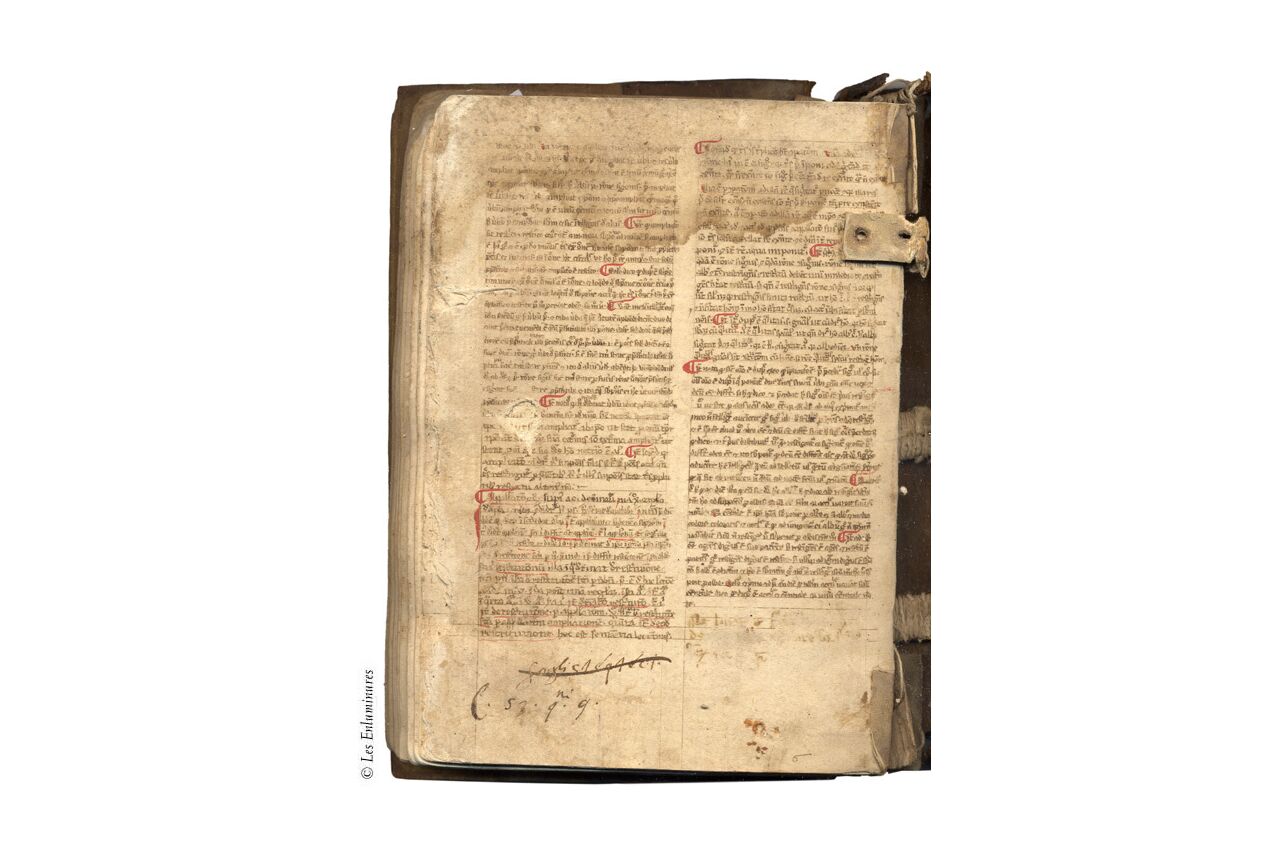

Famous medieval manuscripts portable#
The stated reason for the theft was because of a highly ornamented binding or fitted case, for Irish Gospel Books were commonly enclosed in portable shrines. The westerly storage place of the book-“ airdom iartharach” in the original-may mean the western end of the church or it may have been some kind of free-standing treasury to the west of the church. “Cennanas” is the old name for the town of Kells, or Kenlis, in County Meath, about 40 miles north-west of Dublin. “Colum Cille” is Saint Columba (it literally means “Columba of the Church”). This Gospel was recovered after two months and 20 nights, its gold having been taken off it and with a sod over tablemat.”

It was the most precious object of the Western world, on account of its covers with human forms. One entry in the narrative for the year 1007 has been loosely rendered something like this: “The great Gospel of Colum Cille was sacrilegiously stolen in the night from the western sacristy of the church of Cennanas.

The original manuscript is also in Trinity College, Dublin. The account is in the so-called Annals of Ulster, an ever-updated chronicle partly in Old Irish from the earliest times to the beginning of the 16th century. We have only one source for this incident and some of its details are ambiguous. The previous occasion when the Book of Kells was stolen was a little over 850 years earlier, in 1007. The Board of Trinity College soundly refused: “They do not consider it consistent with their duty to subject such a unique and invaluable national treasure” to exposure in England. It was widely announced in London that the manuscript would be exhibited.

“It is believed that a satisfactory arrangement may be come to in that respect,” blandly reported the Dublin newspaper Freeman ’ s Journal and Daily Commercial Advertiser on April 25th of that year. In 1888, the executive committee of the politically charged Irish Exhibition at Olympia in London requested inclusion of the Book of Kells. Gladstone’s Irish Government Bill was narrowly defeated in 1886. In 1874 the Home Rule League was founded. Those were heady days for Irish nationalism. The College sent its lawyer to London to demand its return, and the manuscript was hastened indignantly back to Ireland. Malet, had himself taken it to the British Museum in London for advice on rebinding. BOND, purporting to be from the British Museum, has been placed in the hands of the Provost.” Within a week the manuscript was located. The Birmingham Daily Post reveled in a further layer of mystery: “A receipt for the volume signed by a Mr. Rumors and whispers flew around, as they can only in universities. No one could recall when it was last seen, and the librarian was absent and could not be consulted. ” It was recounted that the loss was discovered when the Provost of Trinity College had wished to show the manuscript to some lady visitors, and he found that it had disappeared. One of its chief treasures is missing-viz., the Book of Kells, written by Saint COLUMBKIL in 475-the oldest book in the world, and the most perfect specimen of Irish art, with the richest illuminations, and valued at £12,000. The account in the Birmingham Daily Post and Journal for November 5 is typical of a large number of similar stories in the press across Britain and Ireland that week: “Trinity College, Dublin, is in despair. The Book of Kells has been reported stolen twice.


 0 kommentar(er)
0 kommentar(er)
